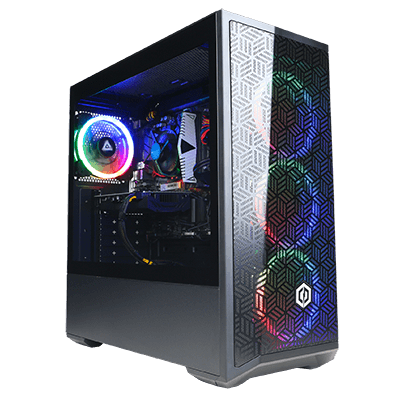
Asetek 550lc 120mm liquid cooling cpu cooler tutorial Pc#
Where the 510LC is seen heavily, though, is in system integrator (SI) PC builds the CyberPowers and iBuyPowers of the world utilize the 510LC as a CLC that is often cheaper than air cooler “upgrades.” Test Methodologyįor this test, we used a similar test platform to our GPU tests, but with a few modifications. It is almost an assurance that the 510LC would have some sort of cost reduction due to the use of aluminum over copper, but the unit is otherwise effectively identical to the 550LC. The 510LC isn't really available right now, but could be ordered by a manufacturer for branding and design tweaks. Manufacturers will sometimes use differently-sized radiators, better fans, and longer or shorter tubes to make a more unique product offering.

Note that although the manufacturers do use supply from Asetek, all have input on design and can institute changes in the final product. The 550LC is used in the H50 ($50 to $60) and H55, with the only major difference between the two being inclusion of both Intel and AMD retention brackets for the H55. To our knowledge, the pump speed baseline of the – we'll call it “Gen 4.5” – NZXT coolers is approximately 3600RPM, but can be lowered by the user the Gen 5 baseline pump speed is ~2800RPM, more or less, and offers a significant noise reduction.Ĭorsair also makes use of these “Gen 4.5” coolers in its H75 ($65 - $75), which uses Asetek's 550LC cooler in 4.5 form. NZXT's most recent X61 and X41 coolers are built with an effective Gen 4 of Asetek cooling technology, but differentiate themselves somewhat notably from other Gen 4 coolers by offering variable pump speed. Both units utilize Asetek's newest fifth generation of cooling design, which includes some changes to improve pump efficiency and mitigate noise by lowering pump speed because of overall efficiency improvements, the lowered pump speed has minimal impact to actual cooling performance.įor frame of reference, Corsair's H100i GTX uses this new “Gen 5” cooling architecture, as do the H80i GTX and H110 GTX. The 510LC and 550LC Asetek coolers used here are 120mm options, measured at 120x120x27. NZXT and Corsair are two of the best-known manufacturers who retail Asetek-made CLCs, like the Kraken X61 and Corsair H100i GTX. Asetek is a CLC supplier that provides manufacturers with a cooling solution.

Reviewing The Coolers: Asetek 550LC & 510LC Specsįor this test, we used two Asetek CLCs that are as similar as realistically feasible for testing. We used an Asetek 550LC and 510LC, two units described below, to conduct all tests found herein. aluminum CPU cooler coldplates for thermal performance. Liquid coolers are a good benchmark for this – first off, it's hard to find both an alloy and copper model of an otherwise identical cooler, but they also offer such great cooling efficiency that materials come under question.īenchmarking two similar liquid coolers against one another, this article looks at copper vs. Today, our test is to determine whether copper is still necessary in a coldplate when using highly efficient cooling solutions. The difference emerges in the details: Liquid coolers use microfins on the unseen side of the coldplate, where water is propelled through channeling and circulated to a radiator, where standard radiator design takes over.

Liquid coolers are identical in this aspect – a cold plate is mounted to the IHS, heat is conducted through TIM and into the coldplate, and then the cooler whisks the heat away. This thermalpaste fills the imperfections without it, air would remain trapped between the IHS and coldplate, where it would ultimately increase temperature of the CPU.

We illustrated this previously in a graphic: Thermalpaste (TIM) is used as an interface between the coldplate and the CPU's integrated heat-spreader (IHS), where it fills microscopic imperfections in the surface of the IHS to facilitate improved heat transfer to the CPU cooler's coldplate.


 0 kommentar(er)
0 kommentar(er)
